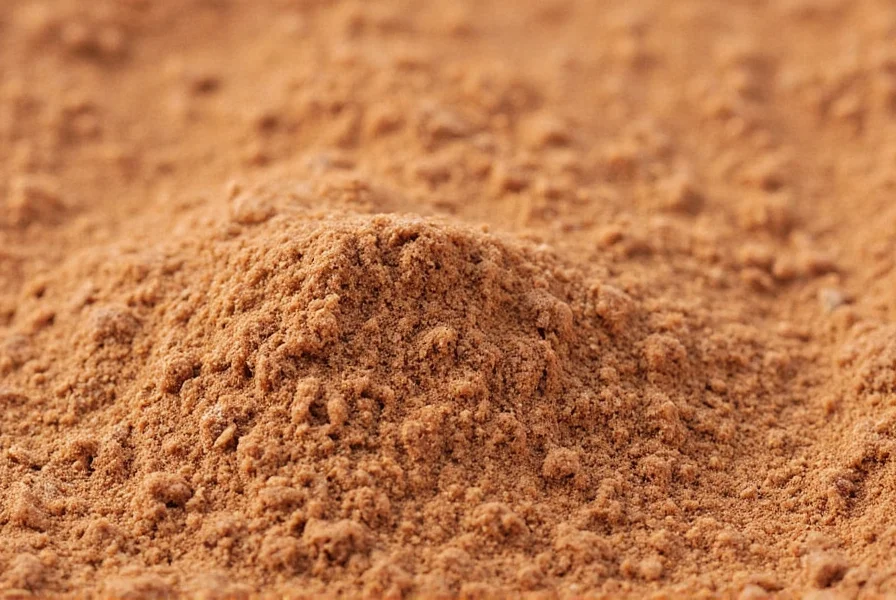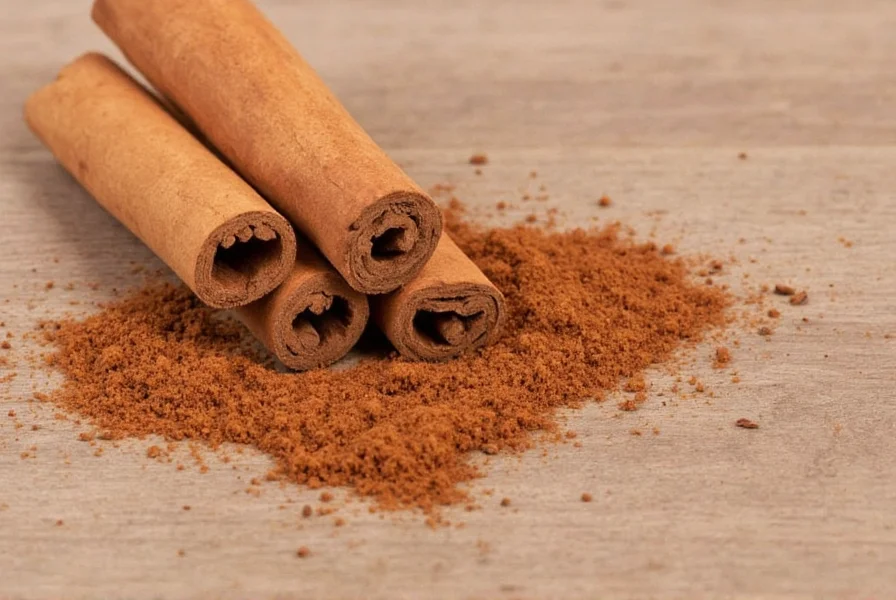Homeowners increasingly seek natural alternatives to chemical pesticides for common household pests. Cinnamon has emerged as a popular DIY solution for ant control, backed by both traditional use and scientific understanding of ant behavior. This guide examines the effectiveness, application methods, and limitations of using cinnamon as an ant deterrent.
The Science Behind Cinnamon's Ant-Repelling Properties
Ants navigate using pheromone trails—chemical signals they deposit as they move. When cinnamon compounds interact with ants' sensory receptors, they effectively mask these crucial chemical pathways. Research published in the Journal of Economic Entomology confirms that cinnamaldehyde, the primary component in cinnamon oil, disrupts ants' ability to follow scent trails by interfering with their olfactory receptors.
Unlike chemical pesticides that kill ants, cinnamon functions as a repellent. This natural approach aligns with integrated pest management principles that prioritize prevention and non-toxic solutions for minor infestations. The effectiveness varies by ant species, with common household ants like odorous house ants and Argentine ants showing stronger avoidance responses than more resilient species like fire ants.
Comparing Cinnamon Forms for Ant Control
| Cinnamon Form | Effectiveness Duration | Application Areas | Preparation Required |
|---|---|---|---|
| Ground cinnamon powder | 1-3 days | Indoor entry points, kitchen surfaces | None - ready to use |
| Cinnamon essential oil | 3-7 days | Door thresholds, window sills, outdoor perimeter | Mix with water (10-15 drops per ounce) |
| Cinnamon sticks | 1-2 weeks | Cabinets, pantry shelves, storage areas | Place directly in problem areas |
Step-by-Step Application Guide for Cinnamon Ant Control
For effective natural ant management using cinnamon, follow these evidence-based methods:
- Identify entry points - Observe ant trails to locate where they're entering your home, typically near windows, doors, or plumbing fixtures
- Clean affected areas - Use vinegar solution to remove existing pheromone trails before applying cinnamon
- Apply ground cinnamon - Create a continuous barrier (1/4 inch thick) at entry points; reapply after cleaning or when disturbed
- Prepare cinnamon spray - Mix 10-15 drops of cinnamon essential oil with one ounce of water in a spray bottle for targeted application
- Refresh regularly - Reapply every 2-3 days or after rain for outdoor applications, more frequently indoors where foot traffic occurs
Realistic Expectations and Limitations
While cinnamon serves as an effective natural ant deterrent, understanding its limitations prevents frustration. Cinnamon repels but doesn't eliminate established colonies. For minor ant problems, it provides temporary relief, but severe infestations require professional intervention. Environmental factors significantly impact effectiveness—humidity reduces cinnamon powder's longevity, while direct sunlight degrades cinnamon oil solutions.
A 2022 study from the University of California's Statewide Integrated Pest Management Program found cinnamon oil solutions provided 70-80% trail disruption for common household ants during the first 48 hours, decreasing to 30-40% effectiveness after one week. This data supports cinnamon's role as a short-term solution rather than permanent eradication method.

Safety and Environmental Considerations
Cinnamon offers significant safety advantages over chemical pesticides, particularly in homes with children and pets. The FDA classifies cinnamon as generally recognized as safe (GRAS), though concentrated essential oils should be kept away from pets, especially cats who metabolize compounds differently. Unlike synthetic pesticides that persist in the environment, cinnamon breaks down naturally without leaving toxic residues.
When using cinnamon essential oil solutions, test on a small area first to prevent potential staining on certain surfaces. While generally safe, some individuals may experience mild respiratory irritation from cinnamon powder, so wearing a mask during application is recommended for sensitive individuals.
Complementary Natural Ant Control Methods
For enhanced effectiveness, combine cinnamon with other natural deterrents:
- Vinegar solutions - Disrupts existing pheromone trails when used before cinnamon application
- Peppermint oil - Creates additional sensory confusion for ants when used alongside cinnamon
- Diatomaceous earth - Provides physical barrier that damages ants' exoskeletons (use food-grade only)
- Sealing entry points - Permanent solution that prevents ants from entering regardless of repellents
This integrated approach addresses both immediate ant activity and long-term prevention. Remember that moisture control and proper food storage remain the most effective long-term strategies for preventing ant infestations.

When to Seek Professional Pest Control
Natural methods like cinnamon work best for minor ant problems. Consider professional assistance when you notice:
- Ant trails persisting after 7-10 days of consistent cinnamon application
- Nesting activity inside walls or structural components
- Presence of winged ants (indicating established colony reproduction)
- Multiple ant species infesting your property
Pest control professionals can identify the specific ant species, locate nests, and implement targeted treatments while minimizing environmental impact. For severe infestations, combining professional treatment with natural deterrents like cinnamon creates the most comprehensive solution.
Frequently Asked Questions
Does cinnamon actually kill ants or just repel them?
Cinnamon functions primarily as a repellent rather than a killer. It disrupts ants' pheromone trails and sensory receptors, causing them to avoid treated areas, but doesn't eliminate ants or destroy colonies. For established infestations, professional treatment may be necessary alongside cinnamon's repellent properties.
How long does cinnamon remain effective as an ant deterrent?
Ground cinnamon typically remains effective for 1-3 days before needing reapplication, while cinnamon essential oil solutions last 3-7 days. Effectiveness diminishes with foot traffic, cleaning, moisture, and airflow. Regular reapplication every 48 hours provides consistent protection for minor ant problems.
Can I use cinnamon to prevent ants from entering my home?
Yes, cinnamon creates effective preventive barriers when applied to potential entry points like windowsills, door thresholds, and foundation cracks. For best results, combine cinnamon with sealing entry points and eliminating food/water sources. Regular application during ant season (spring and summer) provides seasonal prevention for many homeowners.
Is cinnamon safe to use around food preparation areas?
Yes, food-grade cinnamon is safe for use in kitchen areas when applied properly. Avoid direct contact with food preparation surfaces by applying to edges and entry points rather than countertops. Ground cinnamon can be easily cleaned with a dry cloth or vacuum, leaving no harmful residues. Always use culinary-grade cinnamon rather than decorative varieties which may contain additives.
Which cinnamon form works best for outdoor ant control?
Cinnamon essential oil diluted in water (10-15 drops per ounce) works best for outdoor applications as it withstands light rain and wind better than powder. Apply along foundation lines, window wells, and potential entry points. Reapply after heavy rainfall. For longer-lasting outdoor protection, combine with diatomaceous earth in dry conditions.











 浙公网安备
33010002000092号
浙公网安备
33010002000092号 浙B2-20120091-4
浙B2-20120091-4